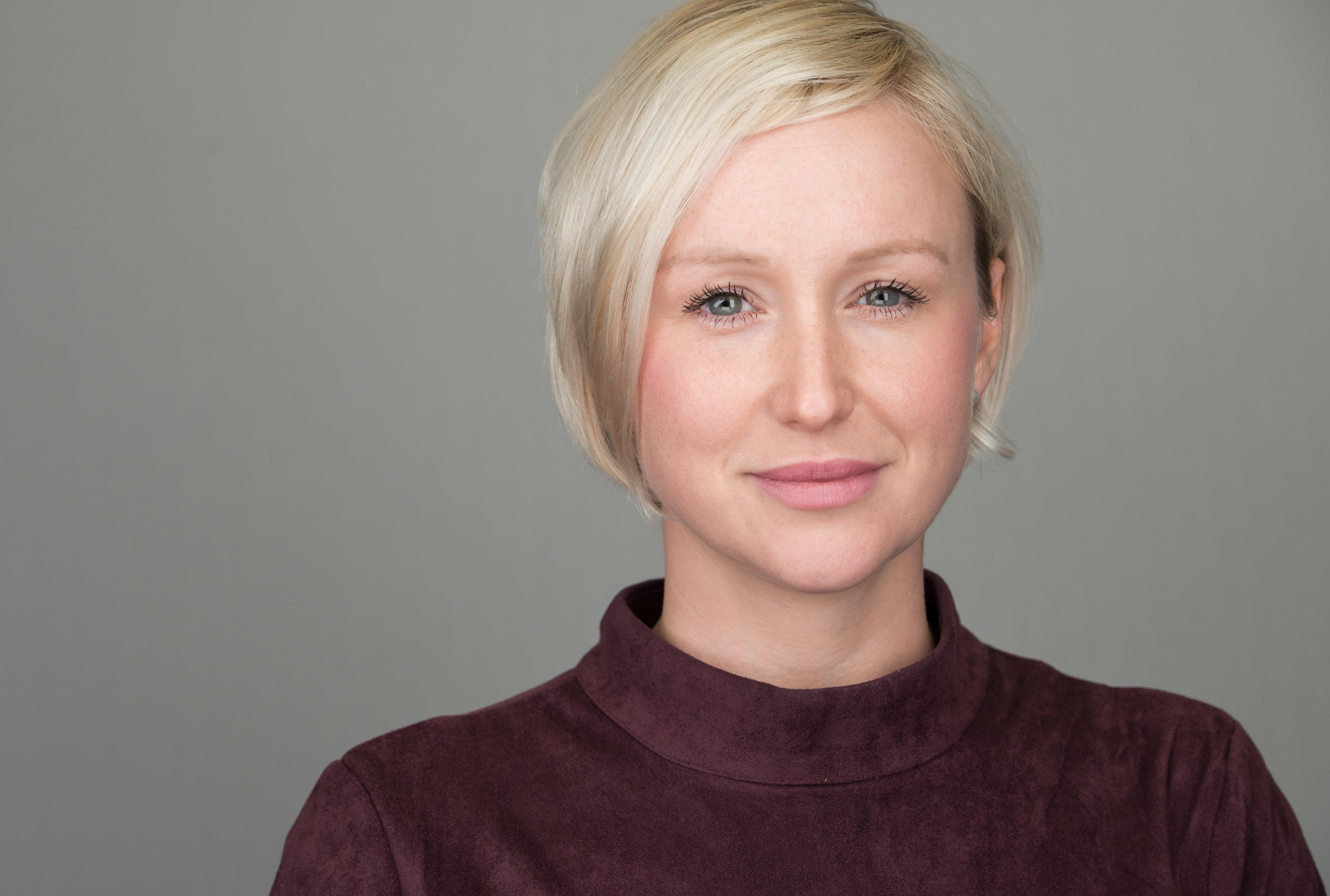
Improving the methods to test new drug compounds and combinations for the treatment of TB
Accurate prediction of clinical anti-TB drug activity using a novel microfluidic imaging platform. A dynamic means for screening anti-Tuberculosis drugs
Tuberculosis (TB) remains a leading cause of death around the globe. New treatments and shortened drug regimens are desperately needed. Current treatments take a minimum of six months which can increase to two years for drug resistant strains, found increasingly throughout the developing world and Europe.
As TB predominantly resides within our immune cells, drug screening is problematic as the bacteria behave differently. For example, bacilli may become dormant, or the growth can slow to the extent that it stops being metabolically active. This is problematic because many drugs only target metabolically active TB, while dormant TB can still be infectious.
I will develop a microfluidic imaging platform for TB infections in macrophage cells in LSTM’s HG3 imaging suite. Current systems used for testing novel compounds/drug combinations are slow and very expensive. Using microfluidics, creates a dynamic, real-time means to screen drugs against intracellular TB. This will allow us to mimic the changing drug exposures observed in patients leading to more accurate prediction of drug (combination) activity in a clinical setting, with an overall aim of improving treatment.
I will be collaborating with bio-engineers from Heriot Watt University, researchers in the Molecular Mycobacteriology Research Unit, Cape Town and the PK/PD team here at LSTM.